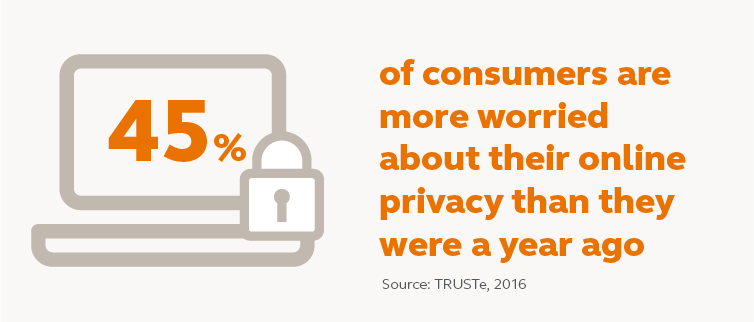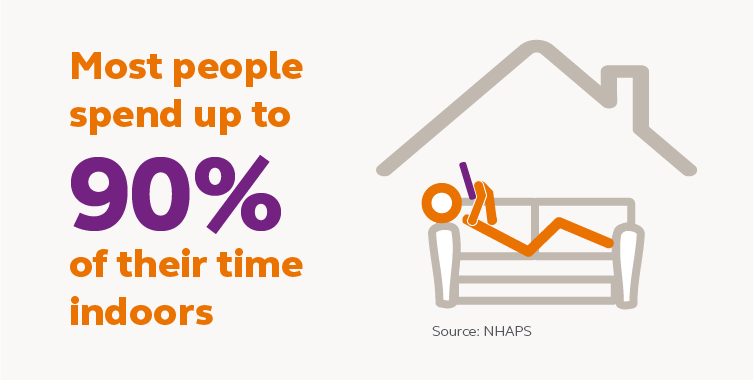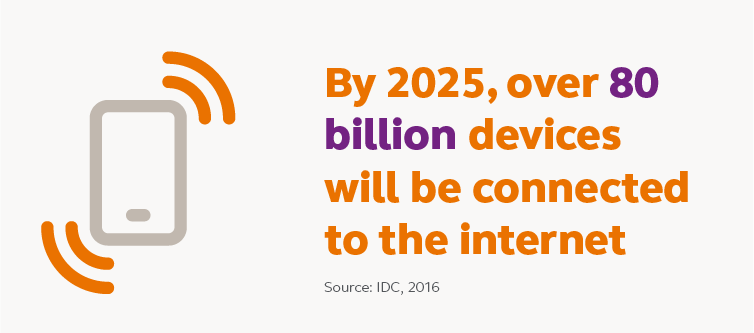
DATÜM: 7 Predictions for 2017
The ball has dropped, the champagne popped and everyone’s on a health kick, at least for the next few weeks. That’s right: 2017 is officially upon us. And to be honest, not many people are sad to see 2016 go. It wasn’t an easy year, but history has shown us that the toughest times can be incubators for amazing art, activism and innovation. Designers are already rising to the challenge and we’ve compiled the trends and predictions that you can expect from our industry in 2017.
1. Be Unhackable
If you’ve followed any news over the last year, you know that data and building security are topics that plague people, businesses and even countries around the world. In 2014, America’s energy grid was hacked 79 times. The next year, a hack in the Ukraine knocked out at least 30 of the country’s 135 power substations for about six hours, and just in the last few months, allegations of Russia hacking the Democratic National Committee’s email servers have created a deep divide in the U.S. political realm and possibly influenced a presidential election. In this world, global privacy and security threats are more topical than ever.

In fact, 45 percent of consumers are more worried about their online privacy than one year ago. And so are hospitals, which are especially vulnerable to threats. According to a report from Raytheon and Websense Security Labs, the healthcare industry already faces 340 percent more cyberattacks than the average industry. Keeping patient information secure is a growing challenge, especially when healthcare companies are looking to more easily share and access consumers’ private health information in order to provide more efficient care. In 2017, we can expect to see more mobile healthcare and security advancements to protect us as we navigate through this digital and, thus, hackable world.
2. Catch Wellness

Between our homes, offices, schools and stores, we spend 90 percent of our time indoors, and fewer than three percent of Americans meet the basic criteria for a healthy lifestyle, including regular exercise and not smoking. With all that time spent inside and our already degrading health, it’s becoming more and more important to design buildings that enhance the wellness. In a survey of 200 Canadian building owners, 30% said investing in healthier buildings had a positive impact on the building’s value, 46% said they were easier to lease, and 28% said they commanded premium rents. We’ve already seen the rise of the WELL Building Standard®, but what’s the next step in the right direction?
In the future, what if systems within our buildings were synced with our wearables and were all working together to making us healthier individuals? Think big: if the building was able to receive a notification that some employees have iron deficiencies, it could automatically order spinach salad for lunch. That might sound like a wild idea, but big problems sometimes call for off-the-wall solutions.
3. Live Virtually

Everything will become smarter and more digitally driven in 2017. According to IDC, 11 billion devices are now connected to the Internet, and by 2025 that number will rise to over 80 billion. Virtual reality is offering an entirely new way for architects to design and present their concepts. Designers can experience spatial relation and scale and make changes to materials in real time. With this new technology, clients can tour a site without leaving their desks.
But that’s not all.
According to SONAR™, 72 percent of millennials believe AI will eventually be able to predict what they want. The retail industry has already begun utilizing AI technology for browsing and buying. For example, North Face is exploring artificial intelligence technology to help consumers find the right item for them. Utilizing this technology, stores won’t need to have as much merchandise on the floor, influencing the size and layout of spaces. The hospitality and tourism industries are also using AI, allowing guests to travel virtually or explore different locations. New concepts that cater to the digitally powered consumer will grow in popularity and allow for a more personalized virtual experience than we ever imagined possible.
4. Experience Experiential Beta-Testing
Hyper-personalization, brand and experience are the new kings of retail. Retailers are experimenting with new stores across the board. Nike’s new SoHo flagship store has been reimagined into a sports fanatic park where consumers can test products on a basketball court and receive a critique on their performance. But it doesn’t stop there: Samsung’s 837 “digital playground” is a retail space that is not focused on sales and purposely does not stock any products for people to purchase. American Girl has spaces where kids can design clothes and accessories for their dolls and rent private rooms for parties. Presenting this ever-changing, digital store in a landscape where consumers have the ultimate power is a way for companies to connect on a deeper level with their customers. Companies have been cautiously dipping their toes into the future with experiential flagships, but this year we can expect more versions to pop up around the world.
5. Get Pretty-Fab Results
Delivering the dual benefit of minimizing cost and shortening the construction timeline, modular design and prefabrication ease the path from design to reality and can serve as a creative solution for urban infill projects. This isn’t necessarily a new idea, but the rise of 3D printing and robotic design are making this an even more efficient concept. Modular units are fabricated off-site, reducing the time needed for construction and financing, and can be used as single units or combined to create a multi-story building. Prefab design can help answer the challenges of rising housing costs and lack of affordable housing in many cities around the world. From a sustainability standpoint, prefab construction produces less waste, and quality control ensures higher energy efficiency. There are already plans for prefab apartments built on top of existing buildings in Paris that will be eco-friendly and cost 40 percent less than market price.
6. Shape-Shift
In recent years, we have seen a rise in shape-shifting architectural concepts, but with new technological updates, researchers have been able to create smart materials that shape memory behavior and allow for light-activated movement and self-healing behavior. These technological breakthroughs could allow for a building to change shape depending on environmental conditions or the needs of its end-user. They could even use materials that could fix themselves. These concepts may be a few years from being fully realized, but we’re already seeing smaller examples of shape-shifting tech popping up in design.
For instance, Ori’s residential system offers intelligent space on demand; with the light touch of a finger, a spacious living room converts into a comfortable bedroom, a walk-in closet or an office, and one home was designed to completely transform itself depending on the weather. The Bullitt Center already has a similar concept built into its windows that allows them to open and close automatically depending on the weather. Google, too, is in on the trend. Their new campus will feature lightweight, block-like structures that can be moved around to fit the individual, ever-changing needs of each team. This idea that a space can adapt to different lifestyles and learn what occupants need is something that we can expect to see more of in 2017.
7. Find the Obvious Ingredient
We are in the midst of a food renaissance. Consumers want to know how and where crops are grown, how far they’ve traveled from field to plate and how leftovers will be used or recycled. Combine this thirst for knowledge with our incessant need for convenience in all areas of our lives, and it’s easy to see how we have completely changed the way we think about designing restaurants, grocery stores and homes. Always ahead of the trend, Amazon is latching onto our convenience-driven economy by attempting to reinvent grocery stores using their “just walk out technology.” At Amazon Go, consumers can retrieve the items that they want and walk out of the store—all without having to touch their wallets or smartphones.
With food delivery services becoming ever more convenient, will the future home even have a kitchen? Retailers are adding supper clubs or in-store cooking classes to entertain consumers well into the evening hours. There’s do-it-yourself food at Ikea’s new pop-up restaurant, “The Dining Club,” in London’s trendy Shoreditch district where guests work alongside chefs to prepare simple Scandinavian-themed dishes, and Kit and Ace’s community supper clubs in each of its stores. The future may be uncertain, but one thing we can count on is our need to nourish our bodies and minds, and that a focus on convenience, wellness and experience is fueling a new way to dine, shop, work and design.
